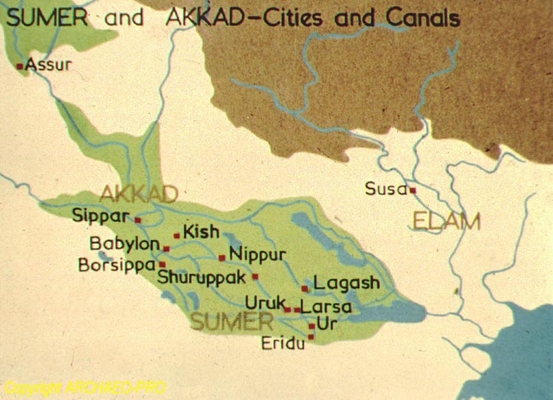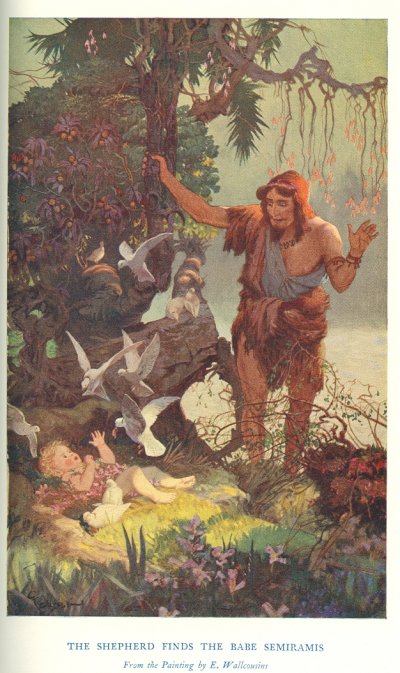Continuing with the context of ritualistic human sacrifice I wanna take a look at an important symbol that has been handed down through occult tradition. The twin pillars of Boaz and Jachin from Solomon's temple in Jerusalem.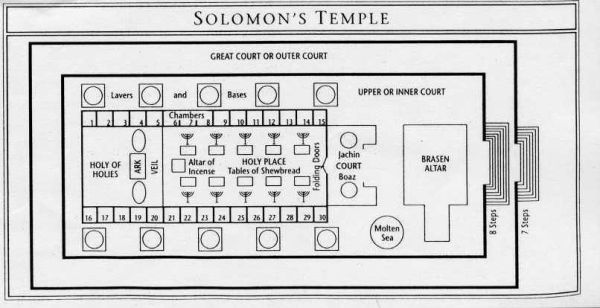 Depiction of what Solomon's Temple may have looked like
Depiction of what Solomon's Temple may have looked like
The two pillars had their parallel not only at Tyre but at Byblus, Paphos, and Telloh (see, however, De Sarzec, "Découvertes en Chaldée," pp. 62-64). In Egypt the obelisks expressed the same idea. All these were phallic emblems, being survivals of the primitive Hamito-Semitic "maẓẓebah". Jachin and Boaz were really isolated columns, as Schick has shown, and not, as some have supposed, a part of the ornamentation of the building. Their tops were crowned with ornamentation as if they were lamps; and W. R. Smith supposed that they may have been used as fire-altars. This assumes that they contained cressets for burning the fat." So the pillars of Boaz and Jachin stood at attention on the porch of the temple flanking the entrance into the temple. What's interesting about these pillars is the fact that they can be found elsewhere outside of Solomon's Temple. Boaz and Jachin depicted according to the measurements in the Bible
Boaz and Jachin depicted according to the measurements in the Bible High Priestess tarot card complete with "B" & "J" twin pillars
High Priestess tarot card complete with "B" & "J" twin pillarsThe color scheme of the veil was symbolic. Blue represented the heavens, while red or crimson represented the earth. Purple, a combination of the two colors, represents a meeting of the heavens and the earth." So it would appear that we have a gatekeeper with the veil. Also worthy of note is the archetypal interpretation of the high priestess herself: "Virgin, seeress, oracle, she is the voice of the unconscious, the boundless ocean, the silent night. Moon goddess, knower of the soul, keeper of the mysteries, the unknowable feminine. She keeps the secrets you need to know. She answers the questions that cannot be asked in words." She sure sounds familiar...cough*...Ishtar...cough*.

Monument to the Pillars of Hercules at the Strait of Gibraltar
So where else can we find these pillars? "The Pillars of Hercules (Latin: Columnae Herculis, Greek: Ηράκλειες Στήλες) was the phrase that was applied in Antiquity to the promontories that flank the entrance to the Strait of Gibraltar. The northern Pillar is the Rock of Gibraltar in the British overseas territory of Gibraltar. A corresponding North African peak not being predominant, the identity of the southern Pillar has been disputed through history, with the two most likely candidates being Monte Hacho in Ceuta and Jebel Musa in Morocco."
According to Plato's account, the lost realm of Atlantis was situated beyond the Pillars of Hercules, in effect placing it in the realm of the Unknown. According to some Roman sources, while on his way to the island of Erytheia Hercules had to cross the mountain that was once Atlas. Instead of climbing the great mountain, Hercules used his superhuman strength to smash through it. By doing so, he connected the Atlantic Ocean to the Mediterranean Sea and formed the Strait of Gibraltar."

Spanish coat of arms complete with twin pillars
So what else is the Strait of Gibraltar famous for? Well in 1475 Columbus made his first considerable voyage to the Aegean island of Chios, and in 1476 he sailed on a Genoese ship through the Strait of Gibraltar. So, one could assume that the Strait of Gibraltar could be looked at as a portal. And that's exactly what the Spanish thought, "The Pillars appear as supporters of the coat of arms of Spain, originating from the famous impresa of the Holy Roman Emperor, Charles V, King of Spain. The motto Plus Ultra for further beyond indicates the desire to see the Pillars as an entrance to the rest of the world rather than as a gate to the Mediterranean Sea. It also indicates the overseas possessions that Spain had."
So it seems that we might have an overarching concept that all these instances of the pillars parallel with one another. We have pillars as a portal to occult knowledge or location (ie. Holy of Holies, Initiation into the mysteries, Atlantis, New World, Deity). One could also make the assertion that the pillars represent a portal to change, transformation, or a new age through interaction with supernatural forces. It seems to be a common new age belief that there is a connection between the tarot card High Priestess and a shift from the Piscean age into the age of Aquarius. The age of Aquarius being described as a "return to the feminine" from a male focused culture. This paradigm shift is represented on the tarot card through the depiction of the pillars as opposites (black and white) merging to form a new third pillar (the high priestess).
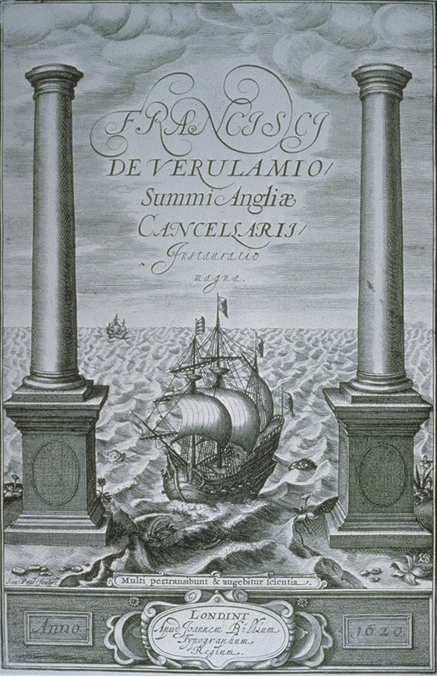
Title page of Sir Francis Bacon's Instauratio Magna ("Great Renewal"), 1620
What I would like to focus on is the ritualistic nature of these pillars and the role that they might play ushering in a supposed "new age" as a result of their archetypal nature. Some people might be asking how this could be possible? How can symbols of this type affect the direction of humanity at large?
Let's go back to Christopher Columbus and Spain. According to history, the Strait of Gibraltar had significance placed upon it because of the role that it played as a portal to the New World ie America. The Spanish believed that the Pillars of Hercules (Strait of Gibraltar) played a large role in their manifest destiny. Also, "The Pillars appear prominently on the engraved title page of Sir Francis Bacon's Instauratio Magna ("Great Renewal"), 1620, the foreword to his Novum Organum. The motto along the base offers the optimistic promise Multi pertransibunt et augebitur scientia ("Many will pass through and knowledge will be the greater")."

1768 Spanish Colonial Real silver coin, showing the Pillars of Hercules surrounding a picture of the world.
What I'm suggesting here is that, psychologically, the more emphasis or energy that we, as a species, place on or give to a particular symbol the more profound the effect of that symbol on our subconscious. Recalling the pentagram symbol and it's discovery, how much more profound would the effect of a symbol be that was essentially handed down from the "heavens?" A symbol that was literally written into the very fabric of nature and space. The potential psychological impact is mirrored and connected with the physical impact these symbols might have the same way that a stop sign affects automobile traffic. But a natural symbol would be even more potent; as universal as equating water with sustenance or life. Once entered into the collective unconscious these symbols have the potential to be accepted as a signifier that is unquestioned by the conscious mind and thus perceived as universally true.
In order to understand how symbols can have such a profound effect on our subconscious we must grasp the relationship that humanity has had with this symbol historically. "The esoteric associations with the Twin Towers are profound. From Hebraic legend they reference the two great pillars Joachim and Boaz, placed at the entrance to Solomon’s Temple. Besides the ancient Hebrews, the Spartans, Phoenicians, Aryans and Scandinavians all associated the twin pillar motif with the presence of the deity. The Vedas refer to the twin Asvins, the Spartans to the Dioscuri, “clad in shining armor” and associated with clouds. The twin pillars: for the Greeks, symbols of Heracles (heroism), for the Scandinavians, of Thor (might). Legend associates them with Castor and Pollux, the twin brothers, one who gave his life for the other. They recall the twin Trees of Eden — Knowledge of Good and Evil (duality), and that of Eternal Life (unity) — as well as the Tree of Life diagram of Kabala, between whose pillars all is made manifest. For the Hebrews symbolizing establishment and strength, justice and mercy, as pillars of cloud by day and fire by night they led the Israelites from bondage, connoting a union of opposites, or harmony, fullness, the guidance and immanence of God."
http://www.serendipity.li/wot/breidenbach.htm
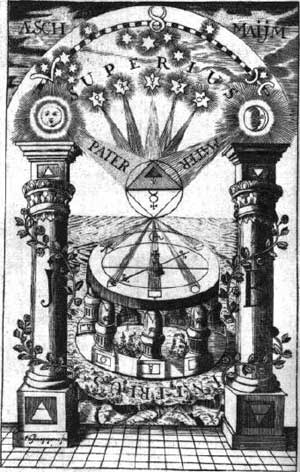
Masonic tracing board depicting Boaz and Jachin
The pillars as a symbol of passage and deity have played a very large role in the mythology of humanity. It's not hard to see how this symbol could have wedged it's way so deeply into our collective unconscious over the years as to act as a sort of archetypal road sign. Going back to a concept that I touched on previously, one has to wonder if there are potential spiritual implications involved when this symbol is invoked; a kind of "as above, so below" phenomenon. With a symbol that is so deeply connected with our unconscious minds it is not out of the question to assume that a symbol of this nature could have a profound affect on human behavior acting as a type of antenna to conjure energy in the form of reactionary behavior. Next time I want to touch on two very famous pillars that have acted as a portal to the current age of foreign relations and politics we now find ourselves in: the Twin Towers of the World Trade Center.






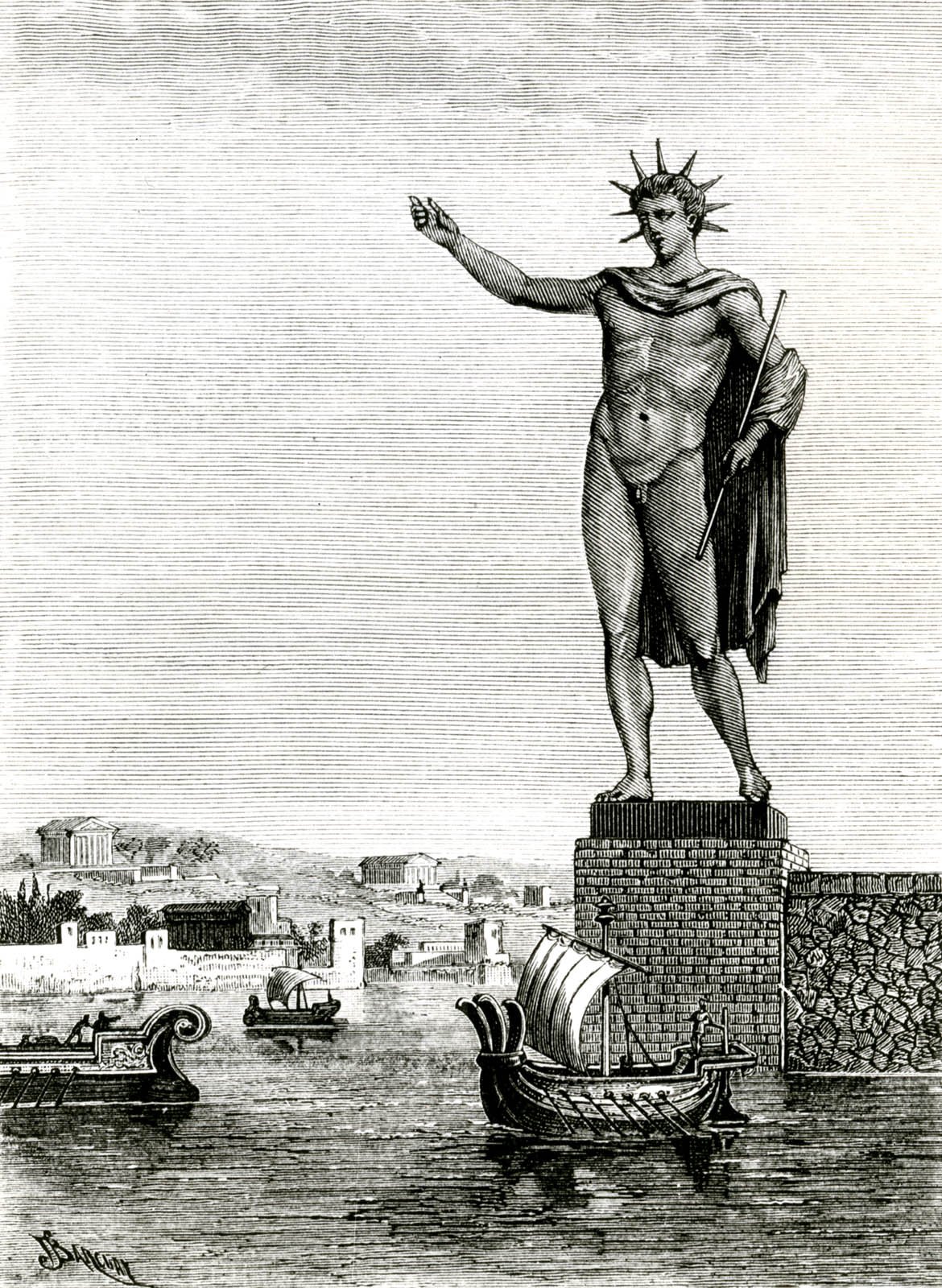




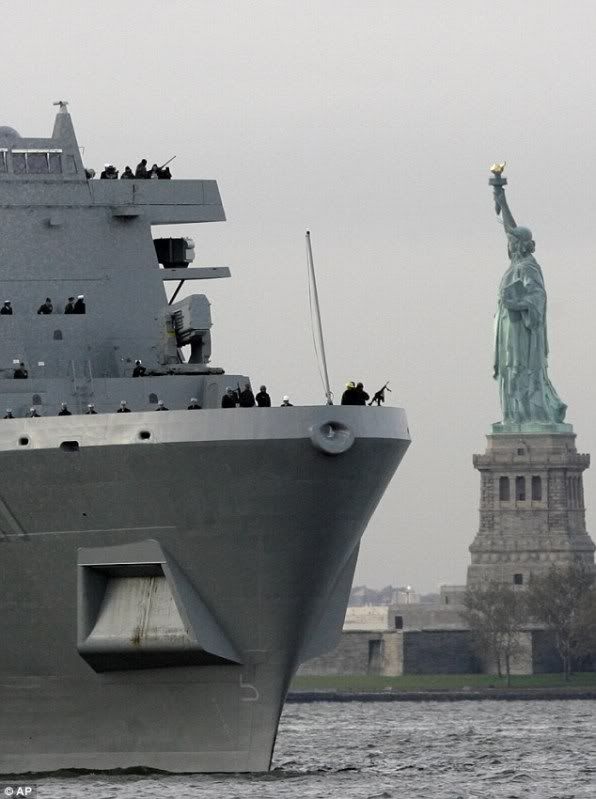




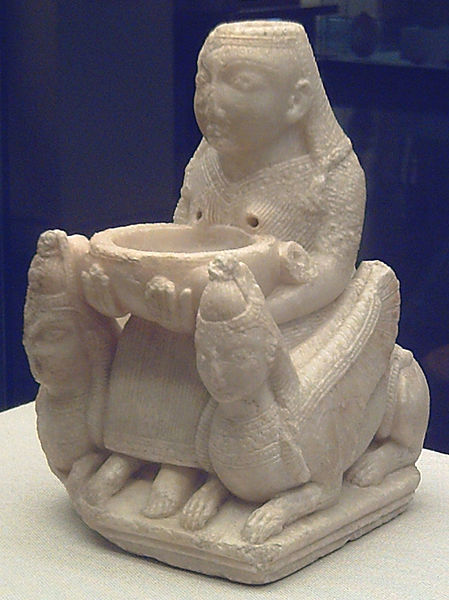















 )
) 

